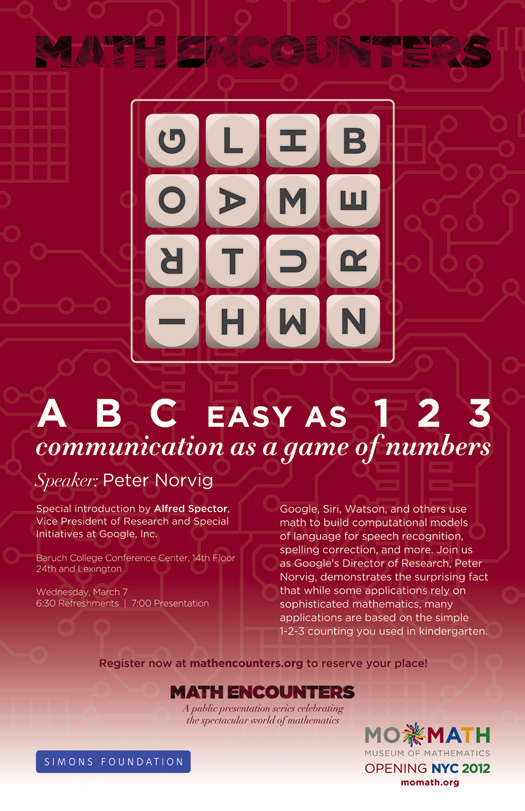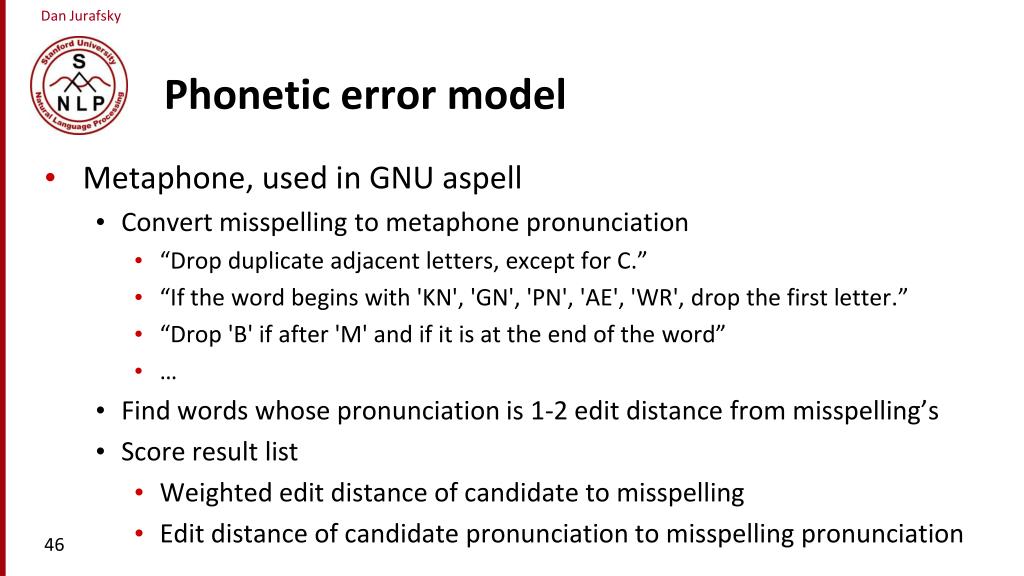

There are a couple of changes in this code. train_unsupervised ( 'big.txt', wordNgrams = 1, minn = 1, maxn = 2, dim = 300, ws = 8, neg = 8, epoch = 4, minCount = 1, bucket = 900000 ) spelltest ( Testset ( open ( 'spell-testset1.txt' )), model ) spelltest ( Testset ( open ( 'spell-testset2.txt' )), model ) format ( good / n, n, n / dt )) def Testset ( lines ): "Parse 'right: wrong1 wrong2' lines into pairs." return if _name_ = "_main_" : model = fasttext. open ( fname, 'r', encoding = 'utf-8', newline = ' \n ', errors = 'ignore' ) n, d = map ( int, fin. Import io import fasttext def load_vectors ( fname ): fin = io.

For a quick experiment, let’s load the largest pretrained model available from FastText and use that to perform spelling-correction.ĭownload and unzip the trained vectors and binary model file.
#NORVIG SPELLING CORRECTOR DOWNLOAD#
The details and download instructions for the embeddings can be found here. Method 1: Using Pre-trained Word VectorsįastText provides pretrained word vectors based on common-crawl and wikipedia datasets. Click here to access the latest installation instructions for both approaches. FastText can be used as a command line tool or via Python client. Installation for FastText is straightforward. Let’s see how does this FastText based approach hold up against it. In this article, Norvig build a simple spelling corrector based on basic probability theory.
#NORVIG SPELLING CORRECTOR HOW TO#
Replace the word with the one closest to its sub-word representation Dataset & Benchmarkįor fun, let’s build and evaluate our spell-checker on the same training and testing data as this classic article: “ How to write a Spelling Corrector” by Peter Norvig, Director of Research at Google.

This is the character n-gram division for the input word, where n is the subword sequence length, and is fixed by the modeler. At the time of inference, you would again divide each incoming word into smaller subword units, find the word vector corresponding to each subword unit using the hashmap, then aggregate each subword vector to get the vector representation for the complete word.įor example, let’s say we have the word tiktok, the corresponding subwords could be tik, ikt, kto, tok, tikt, ikto, ktok etc.

One popular approach is to split the words into “subword” units, and use those subwords to learn your hashmap during model training stage. There are many ways to solve this out-of-vocabulary (OOV) problem. Now, how would you handle a case where the customer uses a word that is not already present in your vocabulary? All of the keys in your hashmap represents the vocabulary, i.e. The model is being fed the vector values, such that each word from the customer is queried against a hashmap and the value corresponding to the word is the input vector. Your customers are directly interacting with the ML model. Suppose you have a deep learning NLP model, say a chatbot, running in production. The word vector representations can be as simple as a hot-encoded vector, or they can be more complex (and more successful) representations that are trained on large corpus, take context into account, break the words into subword representations etc What are subword embeddings? There are different kinds of word embeddings available out there that vary in the way they learn and transform a word to a vector. Simply put, they are a hashmap where the key is a language word, and the corresponding value is a vector of real numbers fed to the models in place of that word. Word Embeddings provide a way for Machine Learning modelers to represent textual information as the input to ML algorithms. Word Embedding techniques have been an important factor behind recent advancements and successes in the field of Natural Language Processing. But can we make lexical corrections using a trained embeddings space? Can its accuracy be high enough to beat Peter Norvig’s spell-corrector? Let’s find out! Introduction Word vector representations with subword information are great for NLP modeling.


 0 kommentar(er)
0 kommentar(er)
